8 Free Cloud Computing Photos transparent PNG images
Welcome to our Cloud Computing Photos collection, featuring 8 free AI-generated images. Our curated selection includes professionally crafted stock photos, detailed 3D visualizations, modern vectors, and innovative illustrations representing cloud technology and digital infrastructure. Each image is available in high resolution, perfect for your professional needs. Take advantage of our 'open in editor' feature on any image's detail page to fine-tune the prompts and regenerate variations that match your specific requirements.

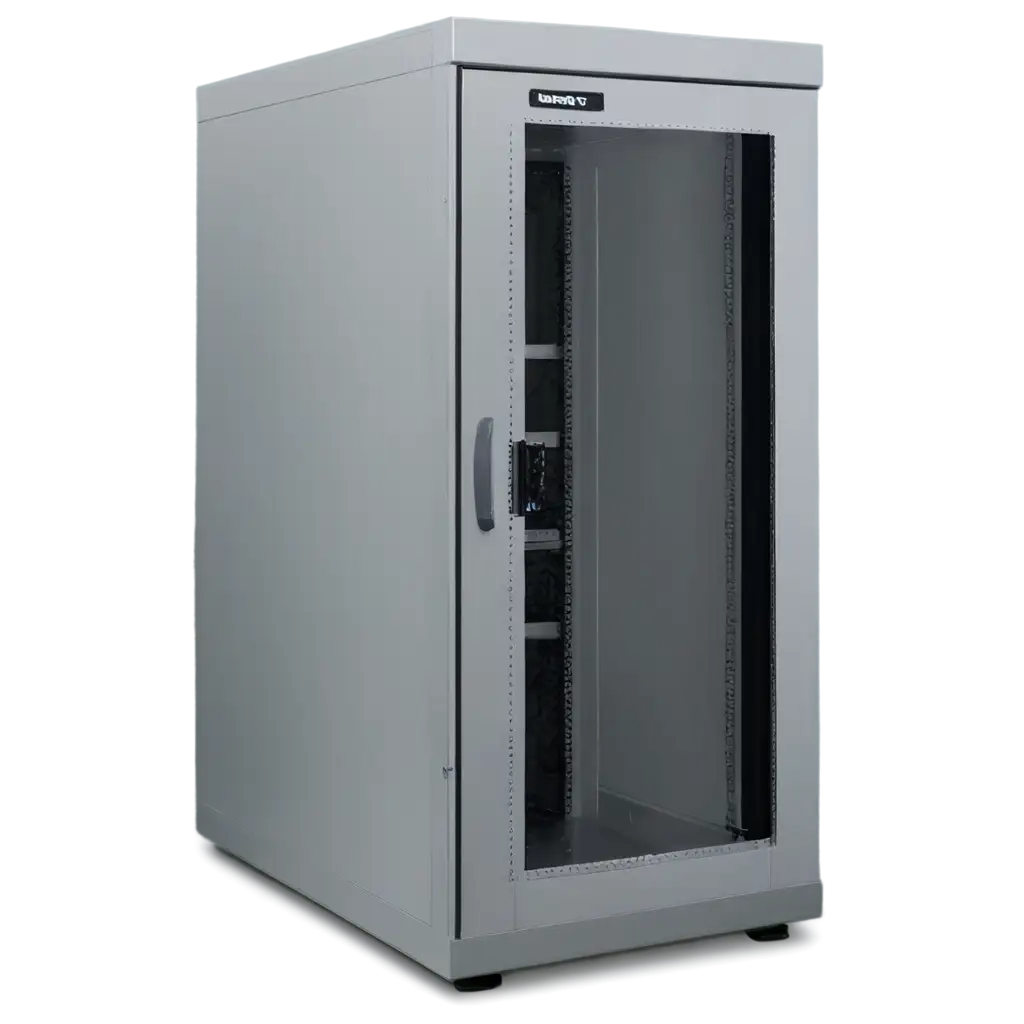

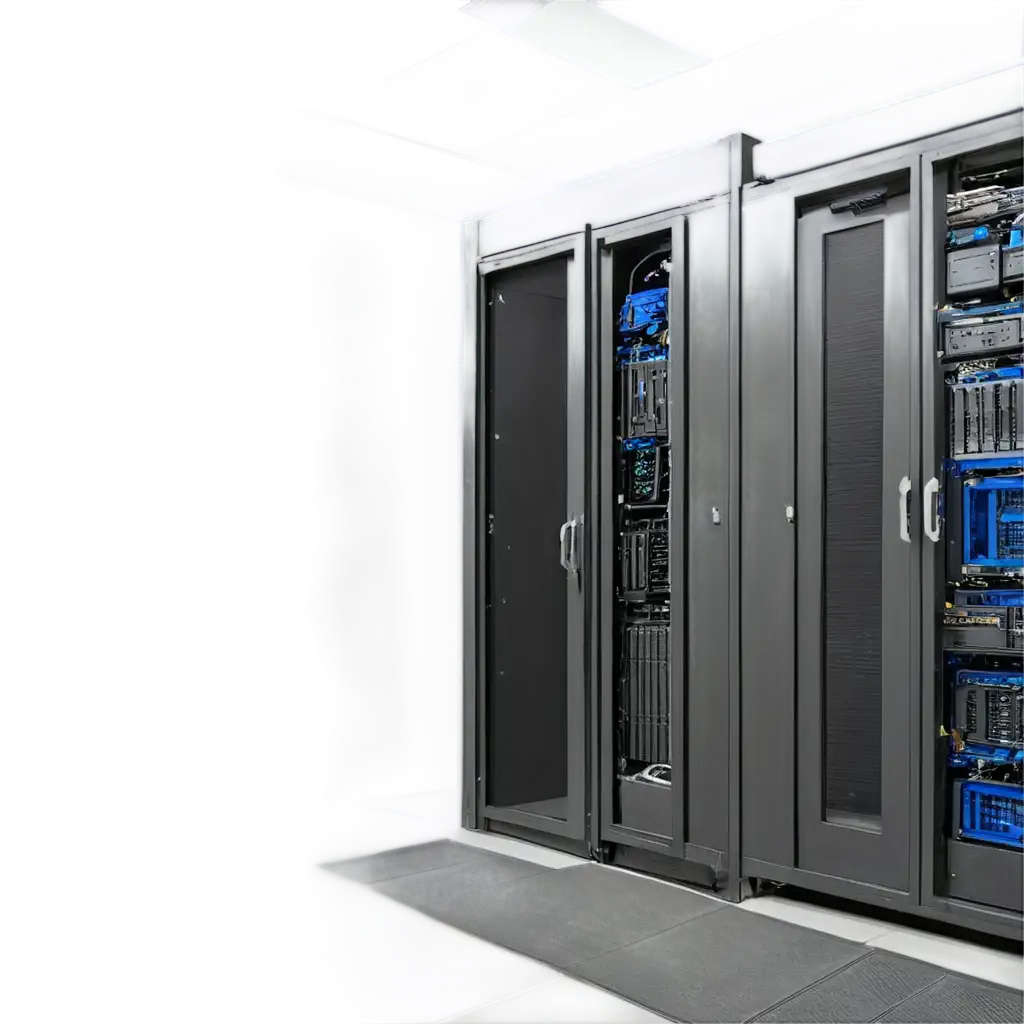

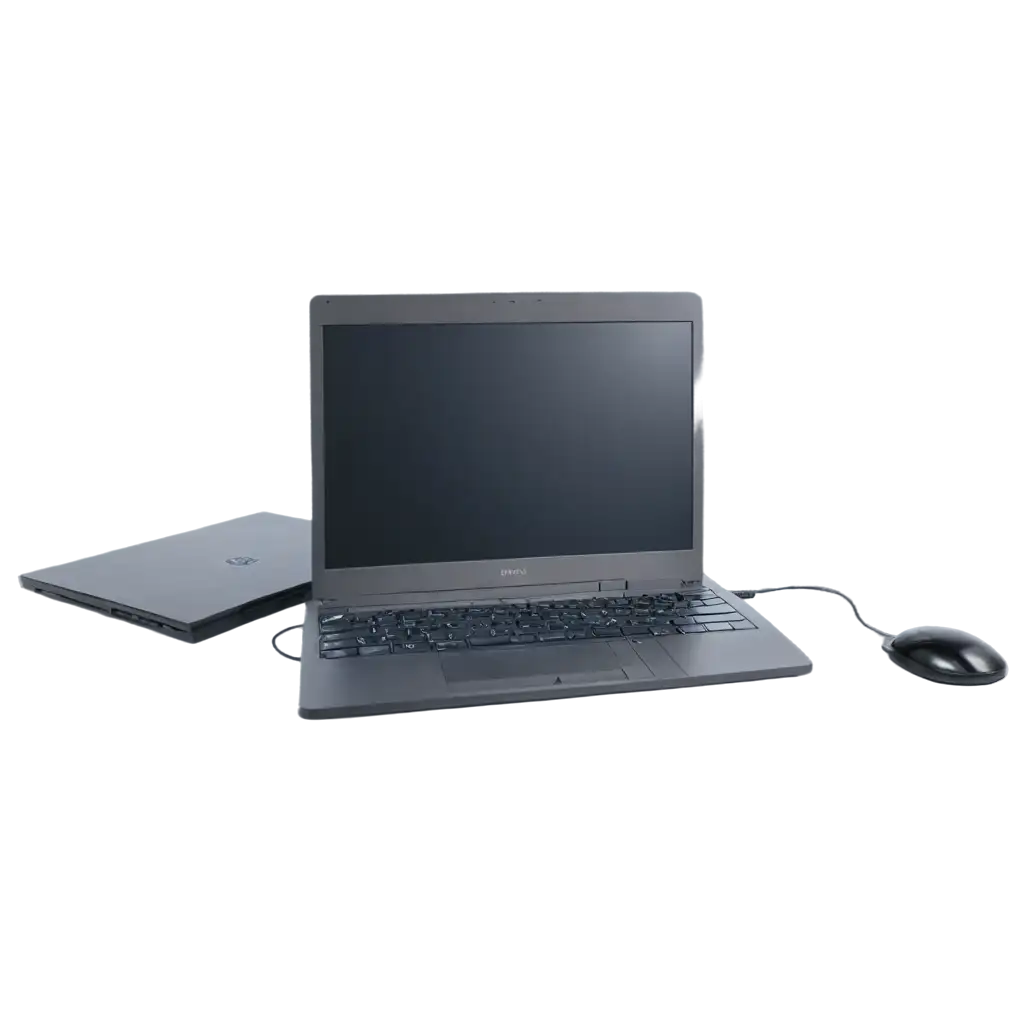
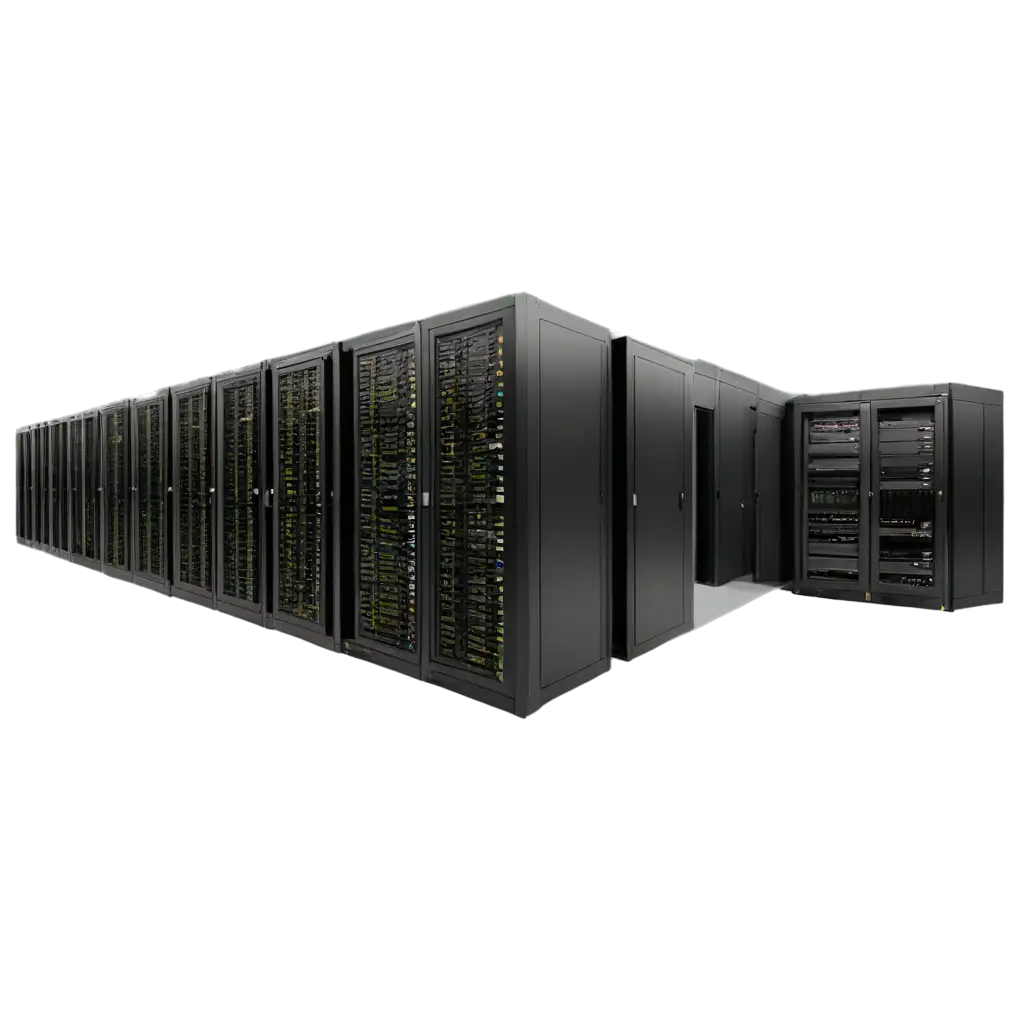
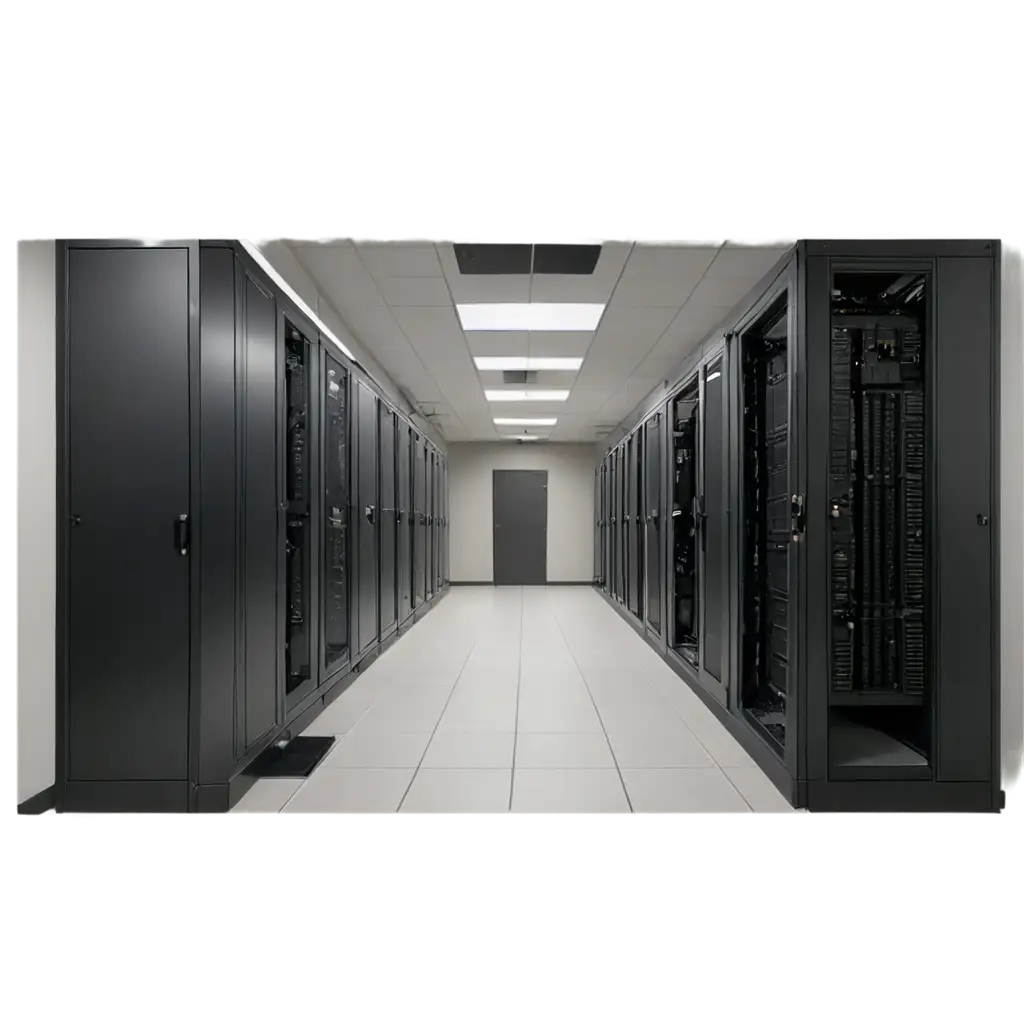
Related Tags
Cloud computing visualization encompasses a unique blend of abstract and technical elements that help represent complex digital infrastructure. Modern cloud computing imagery often features interconnected nodes, data flow representations, and virtual server clusters. These visual elements commonly incorporate a sophisticated color palette dominated by blues, whites, and subtle gradients, symbolizing the ethereal nature of cloud technology. The imagery typically includes recognizable symbols such as server racks, network diagrams, and cloud shapes, combined with abstract representations of data movement and storage capabilities.
Understanding Cloud Computing Visualization: From Abstract to Technical
Cloud computing photos serve essential roles across various business and technical applications. In corporate presentations, these images help illustrate digital transformation strategies and infrastructure modernization. Marketing teams frequently use them in whitepapers, websites, and promotional materials to convey technological sophistication and reliability. Technical documentation benefits from these visualizations to explain complex cloud architectures, while educational materials use them to break down complex concepts into digestible visual components. The versatility of these images makes them invaluable for both technical and non-technical communication purposes.
Popular Applications of Cloud Computing Imagery in Business and Technology
Current trends in cloud computing imagery reflect the evolving nature of technology itself. Minimalist designs with isometric perspectives have gained popularity, offering clean and professional representations of cloud systems. The integration of cybersecurity elements within cloud visuals has become more prevalent, featuring shield icons and protective layers around cloud symbols. Another emerging trend is the incorporation of AI and machine learning visual elements, represented through neural network patterns and data processing visualizations. Environmental sustainability is also being emphasized through the inclusion of green technology symbols and energy-efficient infrastructure representations.
Latest Trends in Cloud Computing Visual Design
Successful cloud computing imagery follows specific design principles to effectively communicate technical concepts. Key considerations include maintaining visual hierarchy to guide viewers through complex systems, using consistent iconography for familiar cloud elements, and employing appropriate negative space to prevent overwhelming technical details. Color psychology plays a crucial role, with blue tones suggesting trust and reliability, while accent colors highlight important system components or data flows. When creating cloud computing visuals, it's essential to balance technical accuracy with visual appeal, ensuring the images remain both informative and engaging for diverse audiences.
Creating Effective Cloud Computing Visuals: Best Practices and Techniques